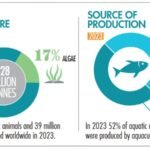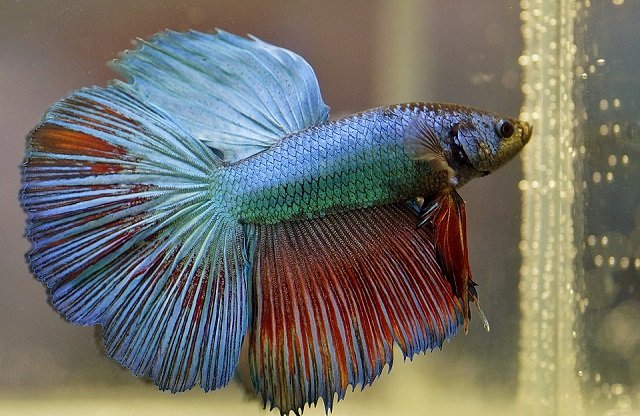Brussels.- The 2017 AIPCE-CEP Finfish Study provides key figures on recent developments in the EU seafood market. This study has been prepared since 1992 and provides a unique record and commentary of our industry. It delivers factual information on actual performance and future trends of the trade in fish, too exemplify the need for imported seafood to produce added value seafood within Europe.
These imports have been the lifeblood of the industry for many years and fulfil an essential role.
Main findings for the year 2016 include:
– Total market supply increased to 14.4 million tonnes
– Imported volume is up to 9.20 million tonnes
– All species total EU catches down at 4.6 % at 4.762 million tonnes
– Share of imports slightly up at 64 %
– Net consumption up 0.6 kg/capita to 24.5 kg/capita
– EU catches for whitefish species have decreased 0.2 % and quota utilization has fallen significantly to 77.7 %.
– Fish Exports down by 4.2 % to 1.927 million tonnes
– Wild capture whitefish import dependency raised to 88.9 %
– Salmon is the No 1 species by live weight but tuna and cod all above 1 million tonnes of resource use – significant in global terms
– Trend for primary processing in Europe appears to be consolidating
– Internal supply is showing signs of recovery but imports remain the backbone of the industry
Reference (open):
AIPCE-CEP. 2017. FINFISH STUDY 2017.
http://www.aipce-cep.org/sites/default/files/FinFish%20Study%202017.pdf
Editor at the digital magazine AquaHoy. He holds a degree in Aquaculture Biology from the National University of Santa (UNS) and a Master’s degree in Science and Innovation Management from the Polytechnic University of Valencia, with postgraduate diplomas in Business Innovation and Innovation Management. He possesses extensive experience in the aquaculture and fisheries sector, having led the Fisheries Innovation Unit of the National Program for Innovation in Fisheries and Aquaculture (PNIPA). He has served as a senior consultant in technology watch, an innovation project formulator and advisor, and a lecturer at UNS. He is a member of the Peruvian College of Biologists and was recognized by the World Aquaculture Society (WAS) in 2016 for his contribution to aquaculture.



